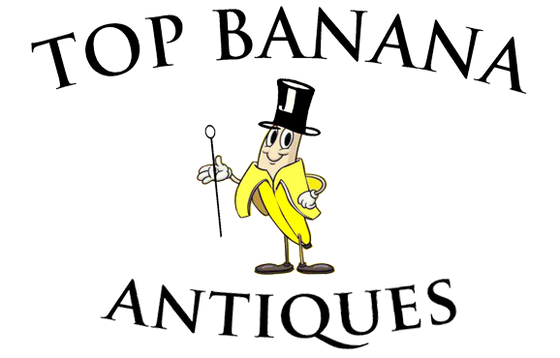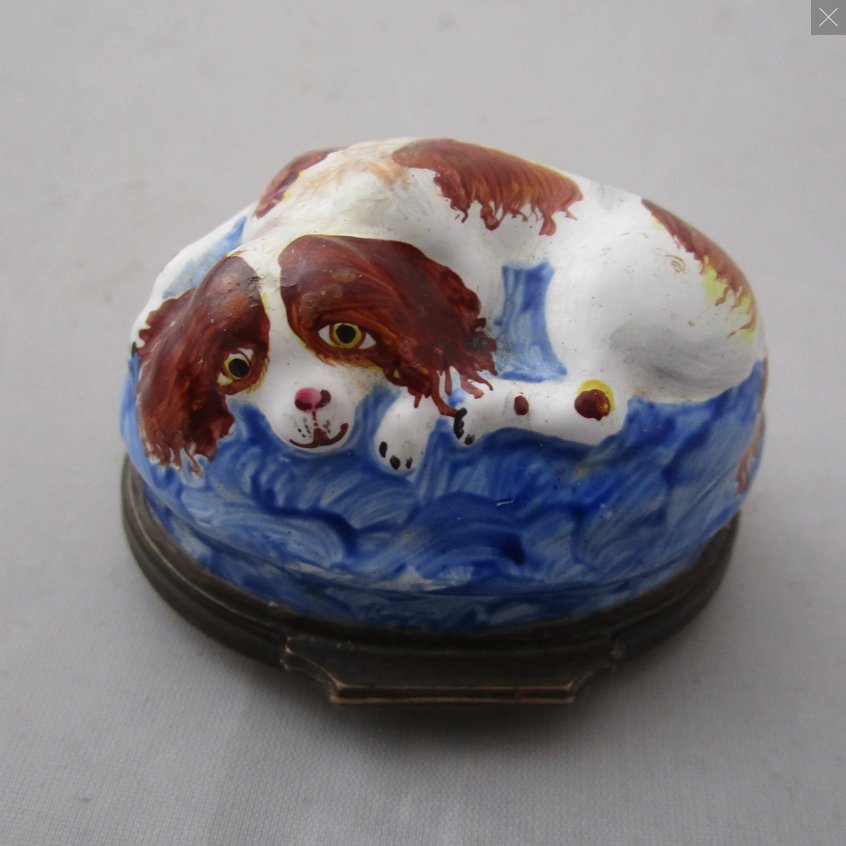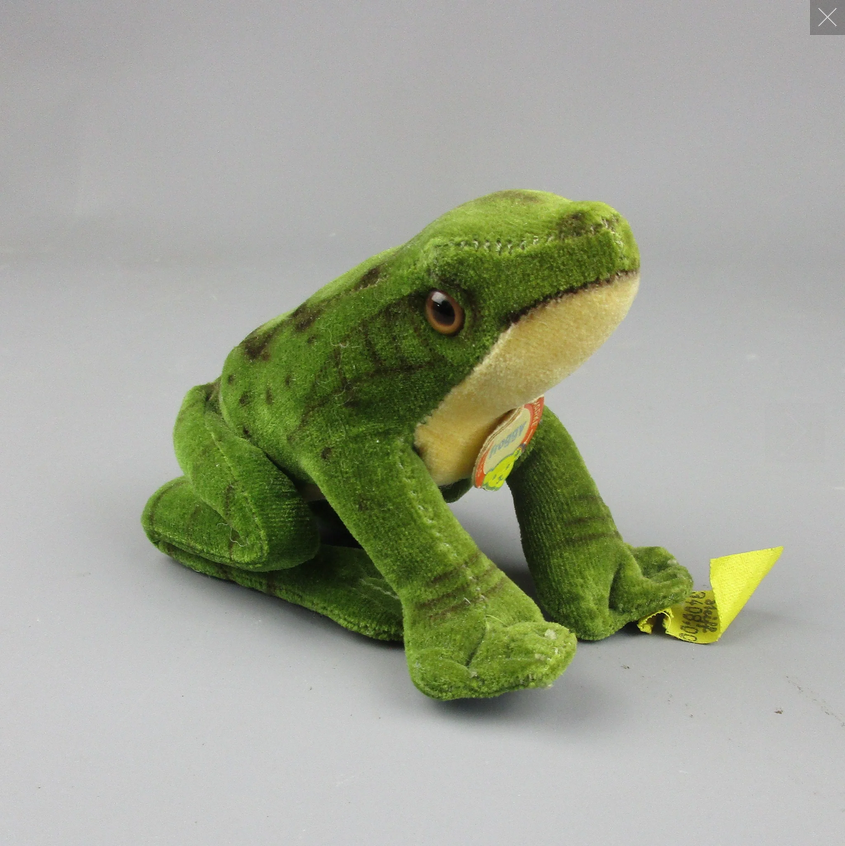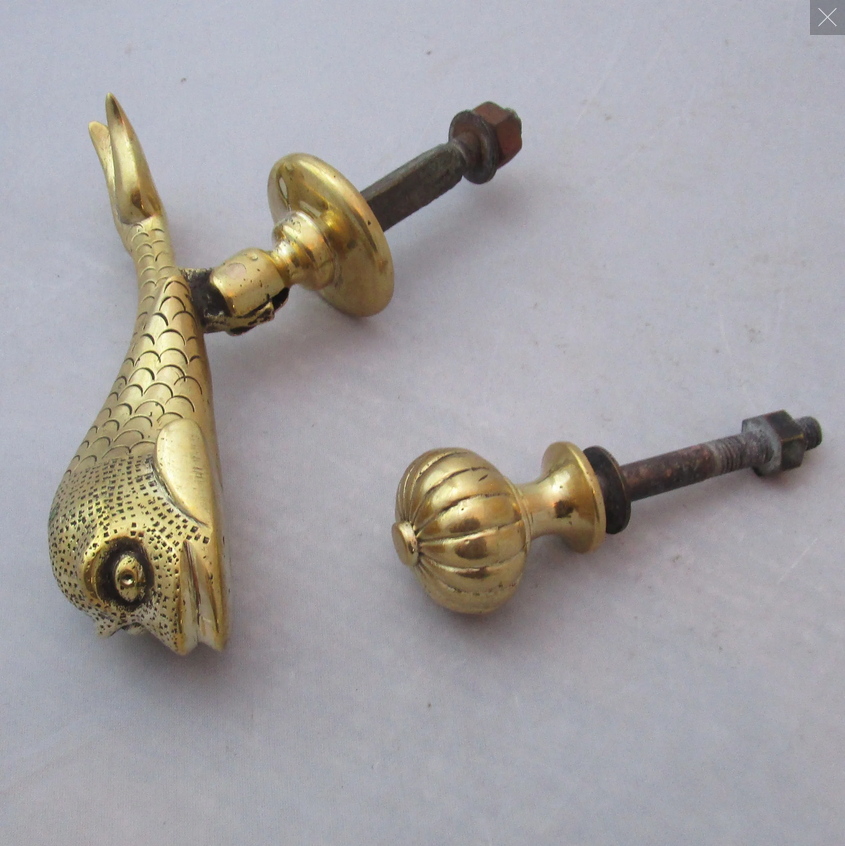Tribal Art - How to tell the genuine from the fake.
Tribal Art and Artefacts is one of the most buoyant sectors of the antiques industry, but unfortunately it is also one of the areas where fakes and more modern but aged pieces are prevalent. Many pieces are still being made for the tourist market in the same artist tradition using the same techniques and tools, since wood is relatively easy to age these modern pieces can be difficult to distinguish from older more valuable items. I spoke to a couple of our dealers who both collect Tribal Art themselves and sell it as well, they gave me a few hints and tips in distinguishing the real from the fakes.
1. Provenance, this is generally the same for any antique, the more information you have about a pieces past the more you can be reassured about it's authenticity and the greater the value. This can come from the piece being listed in old auction catalogues, collection records, old photographs, certificates of authenticity or expert testimony (although these must come from recognised, reputable sources).
2. Signs of wear or use, genuine wear can be difficult to spot from artificial wear but if you think about how the item was used and examine it carefully then hopefully you may be able to spot the genuine from the fake. For example face masks that have been worn may have areas on the back which appear polished from where the face has rubbed on the mask and oil from the skin has transferred, also wear on the fastening holes would indicate use. Old repairs or replacement materials can be an indicator of age but these must be closely examined as this too can be faked.
3. Signs of artificial ageing or wear, one common trick to age items is to expose them to smoke this darkens the wood and helps them appear older. So give the item a smell, if it has a strong smokey smell then chances are it is not actually as old as it looks. Exposure to harsh conditions can be used to achieve a 'weathered' look, or allowing the item to be attacked by termites or other animals to induce damage, items can be buried to achieve the aged patina people desire. So examine the item carefully are there areas which are sheltered or protected in some way by the design, do these areas appear to have the same aged look as the rest of the item. Are there traces of anything that has been used to stain or damage the item.
4. Assess the quality of the item, often genuine items will have had more time and effort spent in the construction, they may be more detailed or elaborate and exhibit superior craftsmanship. However this may also depend on the artistic tradition of the tribe and can be difficult for a novice to assess. Ultimately there is no replacement for knowledge and experience, so if you have a passion for this subject put in the time, read the books, visit the museums and get as much hands on experience as possible.
Leave a comment
Comments will be approved before showing up.



